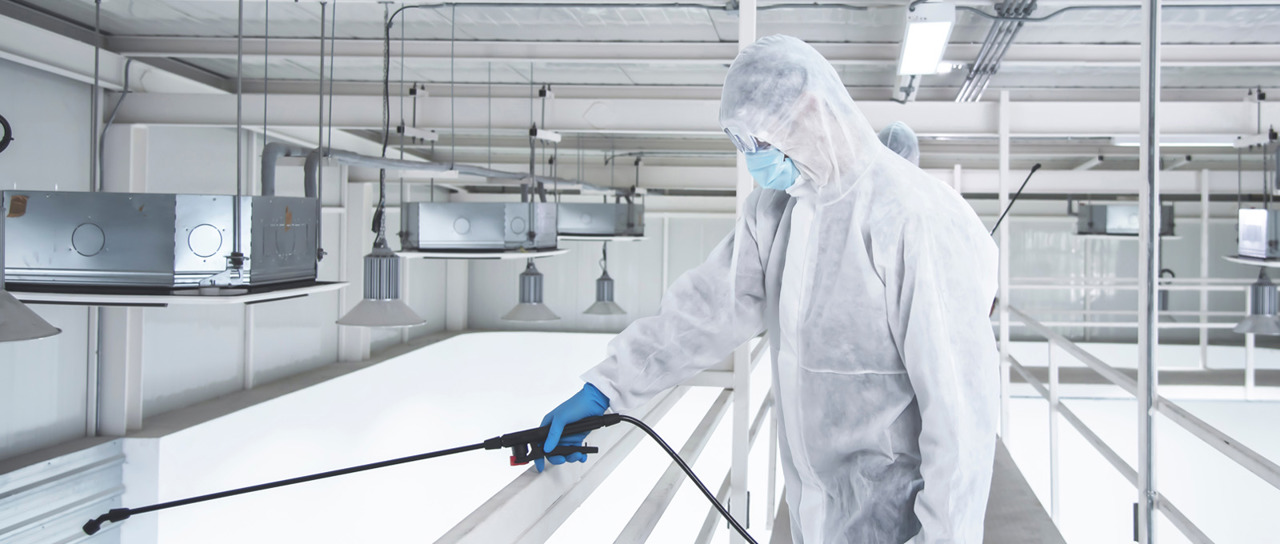Do you design rooms that are subject to fumigation – the process of using a highly toxic gas to inactivate biological agents? We recommend the white paper “Airtight solutions. A future-focused look at designing for fumigation” by Andrew Somerville of Hoare Lea and Shem Sacewicz of HOK Architects. It explains the process with common fumigants and highlights the need for airtightness.
Andrew Somerville is a director and the science and research sector head at Hoare Lea, an engineering consultancy providing solutions to complex engineering and design challenges for buildings. Shem Sacewicz is a senior associate and laboratory architect at HOK Architects with 20 years of experience of working on science projects in Europe and Asia. Their white paper can help readers understand the fumigation process and the implication on room airtightness. It says that retrofitting or consideration of sealability late in a design can be life-threatening and very expensive while “consideration of room airtightness requirements early in the design process will help achieve a safe and cost-effective result”.
Airtightness for safety
The primary reasons for making fumigated rooms airtight are to prevent fumigant release, to maintain the required fumigant concentration and to prevent the escape of biological agents. For fumigation sealability, the main issues are airtightness of room envelope construction, material compatibility and the gated space and adjoining areas throughout the fumigation cycle. The authors state that it is important for designers to understand the process with pre-fumigation, fumigation, and post fumigation, and to be involved in the risk assessment. They present different types of fumigants, equipment, and methods as well as different standards regarding airtightness in fumigable spaces.
“The containment barrier needs to fully integrate with any item that penetrates through it.”
Keeping a strong barrier
They write that vulnerability of the containment barrier typically occurs at junctions of dissimilar materials, services penetrations or where the barrier fails or has been damaged. All these conditions must be carefully detailed, and some basic principles apply to how to form these junctions:
“The containment barrier needs to fully integrate with any item that penetrates through it such as doors, windows, lights, pipes, cables, ducts, to provide the seal. These penetration details need to enable a robust, reliable, and cleanable solution.”
Download white paper
Fill out your information to download.
Thank you!
You will receive an email shortly.
Best regards,
Roxtec






